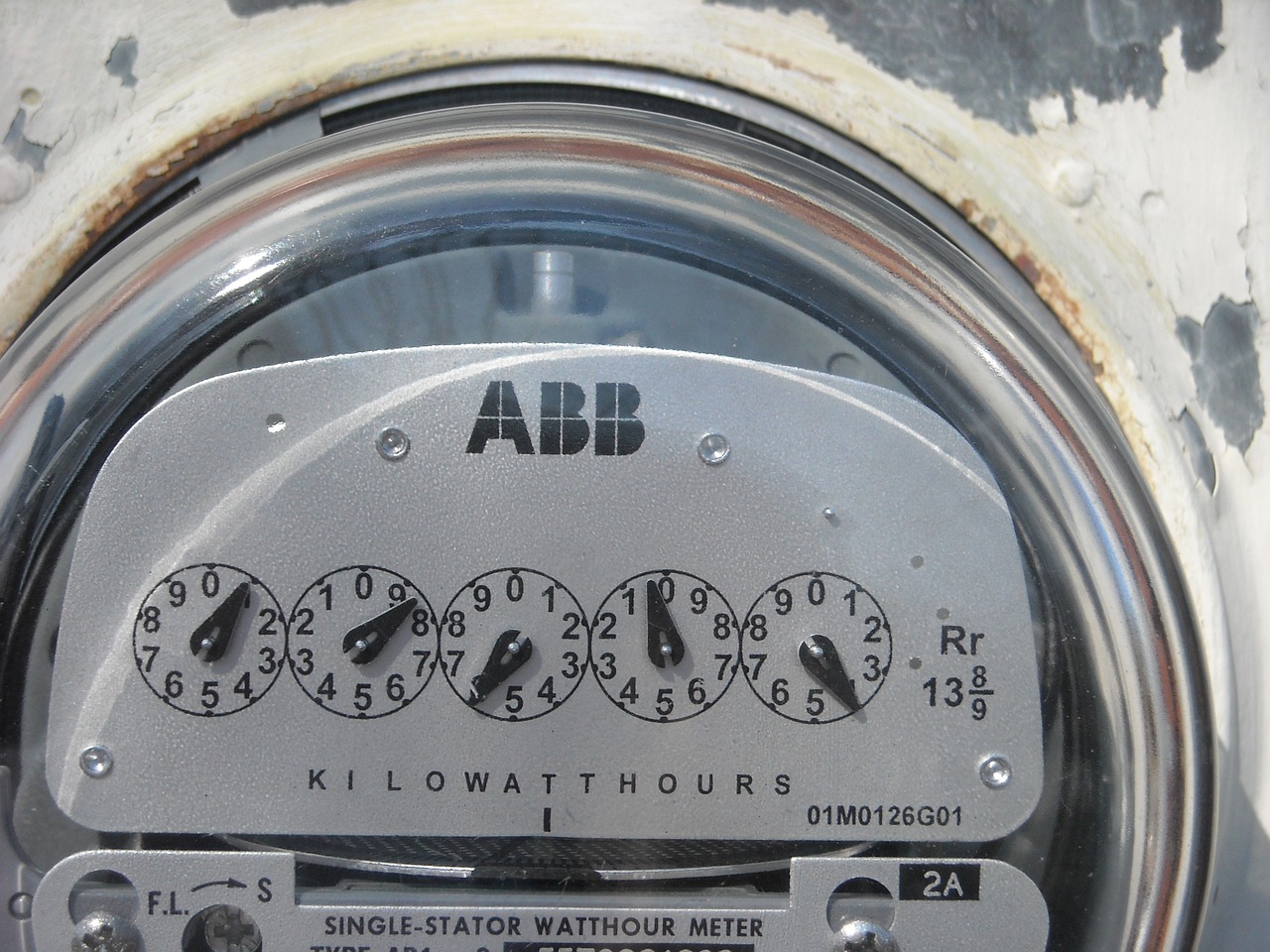Hydrological Monitoring as a Component of Environmental Protection
Hydrological monitoring is a crucial aspect of environmental protection that involves the continuous observation and measurement of water-related variables to ensure the health and sustainability of aquatic ecosystems. This monitoring process can help detect changes in water quality, quantity, and flow patterns, which are essential for understanding the impact of human activities on water resources. By providing critical information on water status, hydrological monitoring can aid in making informed decisions on water management, pollution control, and conservation efforts. Therefore, it is essential to prioritize and integrate hydrological monitoring into environmental protection strategies to protect and sustain our water resources for future generations.
Hydrological monitoring is an essential aspect of environmental protection, playing a crucial role in safeguarding water resources and ecosystems. This article delves into the importance of hydrological monitoring and how it contributes to environmental protection.
Firstly, hydrological monitoring helps to protect water resources. Through continuous observation and measurement of water levels, flow rates, and water quality, hydrological monitoring provides vital information to ensure that water resources are being used sustainably. This information can help water management agencies to make informed decisions about water allocation, water use restrictions, and pollution control measures.

Secondly, hydrological monitoring also contributes to environmental conservation by protecting ecosystems. Monitoring water levels and flow rates can help to ensure that ecosystems receive the water they need to survive. For example, rivers and streams that are too low or too high can impact the habitat of aquatic species, causing population declines or even extinction. By monitoring these water bodies regularly, environmental agencies can intervene to protect these ecosystems.
Thirdly, hydrological monitoring also aids in pollution control. By measuring water quality, pollution levels can be identified and controlled before they become a serious environmental problem. For example, excessive pollution can cause water bodies to become eutrophic, which can lead to reduced oxygen levels and increased levels of harmful bacteria and viruses. Regular monitoring can help to identify these problems early on and implement effective pollution control measures.
Moreover, hydrological monitoring is essential for climate change adaptation. As the climate changes, so too do the patterns of rainfall and water use. Hydrological monitoring can help to identify these changes early on and prepare for them accordingly. For example, increased rainfall can lead to flooding, while decreased rainfall can lead to drought. By monitoring these patterns regularly, environmental agencies can help to mitigate these effects by implementing appropriate adaptation measures.

In conclusion, hydrological monitoring is a crucial aspect of environmental protection. It safeguards water resources, protects ecosystems, aids in pollution control, and prepares for climate change adaptation. By prioritizing hydrological monitoring in environmental policies and management plans, we can help to protect our water bodies and ecosystems for future generations.
Articles related to the knowledge points of this article:
Hydrological monitoring: a prominent role in water management
Title: How to Use Portable Hydrological Monitoring Instrument
Title: Utilizing Software for Water Resources Monitoring and Data Management
Hydrologic Monitoring: Who is Responsible for Management?
Title: Monitoring and Assessment of Water Quality in Gansu Province: Challenges and Opportunities